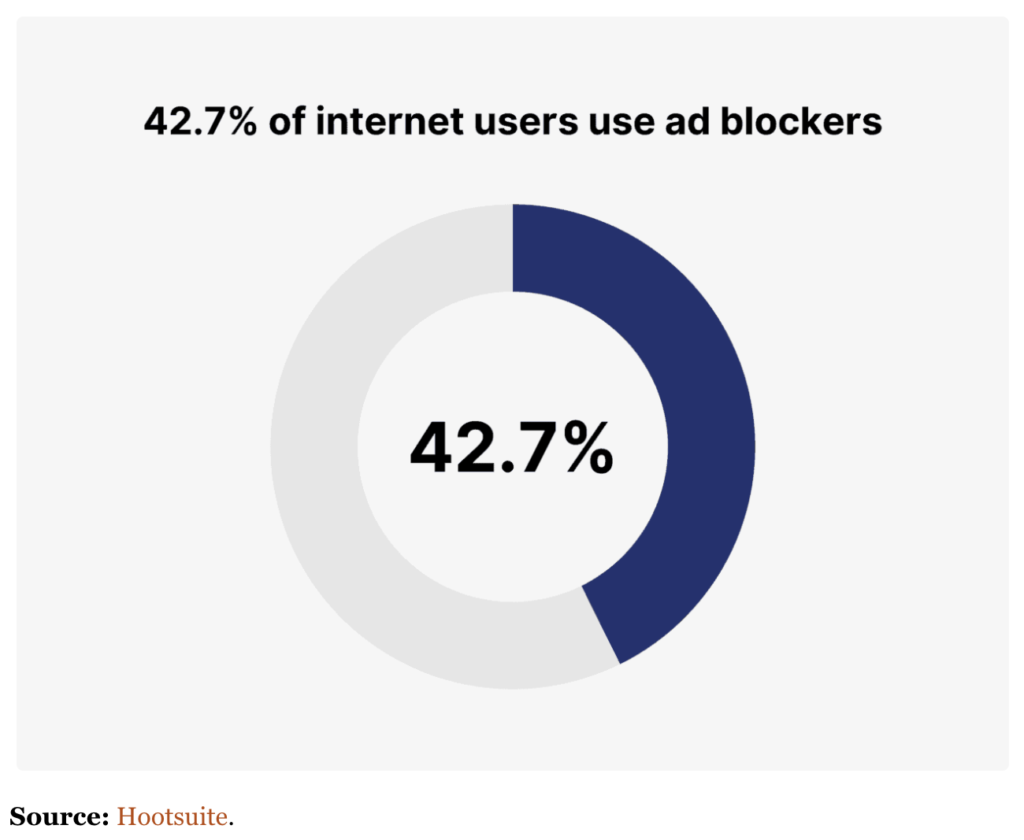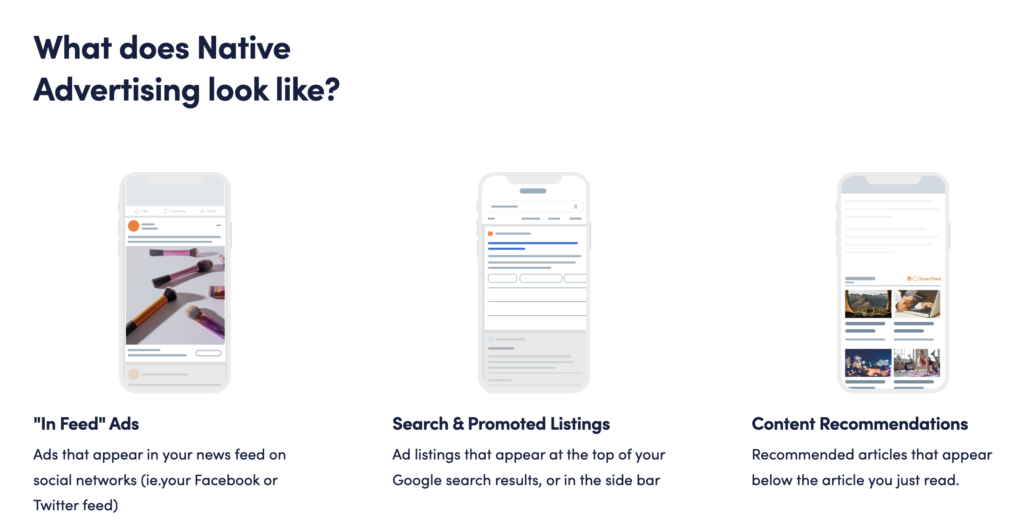A well-researched, 1,400-word blog post can take four hours to write, in addition to the hours you invest in content planning and analysis. Most marketers are willing to make this investment in their B2B medical content because it offers a valuable opportunity for generating and converting leads. These benefits start with quality content your audience wants to read.
Learn steps you can take to ensure the content you create is what your audience is interested in.
Key Takeaways:
- Content creation starts with a strong topic that doesn’t have too much competition
- Use an attractive and easy-to-navigate format
- Keep your topic focused on your audience and the specific challenges they face
What Makes B2B Medical Content Creation Challenging?
Every day, content creators publish over six million new blog posts. If your audience isn’t interested in your content, they have dozens of other options. Marketers struggle to make their content stand out from competing articles and media.
Marketers often treat search engine optimization (SEO) as the golden ticket to success. However, over 90% of online pages don’t see any traffic. SEO is still a profitable healthcare marketing technique, but you need more research and effort to use it successfully by creating relevant content your audience responds to.
Healthcare professionals lead hectic lives, especially due to staffing shortages and supply chain delays. As a result, they don’t have the time they used to for reading online content unless that content offers advice and information that can improve their job.
Despite these challenges, healthcare content marketing is rising because you can cut through the noise and encourage your target audience to read your media if you use the right strategies.
5 Tips for Creating Engaging B2B Medical Content
Use these five tips to create quality and relevant B2B content your audience wants to read.
1. Pick a Relevant Topic
Your content starts with a strong topic choice that’s relevant yet not overused.
Relevant topics aren’t just content that addresses your niche. They are topics your audience is actively researching. You can find several content ideas by performing a search on your industry and looking at related searches.
You can also find popular searches in your niche using keyword research tools like SEMrush or Moz. These tools list over 1,000 topics and details on each topic’s competition. You can see who else is using that keyword, what sites are ranking high, and what similar opportunities are available.
Image from SEMrush
When choosing topics, look at the top-ranking content to see what is currently ranking well for keywords in that topic. Then, find a way to create an improved version of that content that offers more information, updated statistics, or higher quality content. This way, you can improve your chances of ranking well while providing content you know readers want to read since similar content is already receiving traffic.
2. Create a Supporting Layout
The longest proper sentence in the world is 1,287 words from William Faulkner’s novel Absalom, Absalom. While most marketers won’t be writing sentences as long as this blog post, they commit several other avoidable formatting mistakes that can make content just as challenging to read as one long sentence.
Your readers will be on phones, laptops, and tablets. To support all scrolling formats and make your content easy to skim and break it up with plenty of headlines, lists, and subheaders. These allow your readers to jump to the most relevant information or quickly read the content if they’re in a hurry.
You can also make your content more visually appealing by inserting images, charts, and videos. Consider using alternative formats for your content, like medical ebooks or whitepapers. These can convey longer pieces of content like case studies in an easier-to-read format than blog posts.
3. Keep Your Content Consistent
A consistent voice in B2B content marketing ensures brand consistency. It ties your content together and offers your audience a more positive reading experience. Companies with a consistent voice also saw a 33% increase in revenue.
For example, if you are an informal brand, you should continue using contractions, casual language, and a personable approach in all your articles. If you suddenly sound like an entirely different person, readers might question your reliability or lose interest in your content.
Your branding should also remain the same. This includes the format of your blog articles, colors, and fonts. In addition, the phrases you use to talk about your brand should be consistent. For example, if your primary value proposition is your reliability, continue repeating similar words that emphasize that feature. This provides a unified brand message to your audience and builds trust with them.
Trust is one of the main reasons your audience will continue reading your content and purchasing from your brand.
4. Focus on the Reader Rather Than the Topic
Keep your content reader-focused rather than topic-focused. In other words, talk more about why the topic applies to your audience rather than just providing information.
For example, you might address a pain point by covering medical supply chain issues. However, you can increase your reader’s interest in your content by connecting it directly to their challenges with the supply chain. For instance, you might list ways they can improve their supply chain issues.
5. Always Keep Your Content Updated
Fresh content ranks higher than outdated topics. With the influx of online content, your readers can always access the latest information. While an article you published a few years ago saw thousands of readers, you won’t generate the same readership today.
Review some of your most popular articles and update them with new statistics and information. This won’t take as long as rewriting the article because you already have a solid framework. It only requires a slight facelift to stay relevant and rank well in searches.
You can also write the same topic each year. For example, several leading businesses publish annual reports and research. These reports don’t replace the previous year’s publications. Instead, they add another piece of content that can rank online with the latest information.
For example, if you published an article on “The Best Medical Supplies for 2021,” consider writing another piece this year titled “The Best Medical Supplies for 2022.”
Access Resources to Create More Relevant Medical Content
Share Moving Media provides the information and training you need to boost your medical content marketing. Use our solutions to write content your audience wants to read.
Contact us to learn more about our information and communication services.



